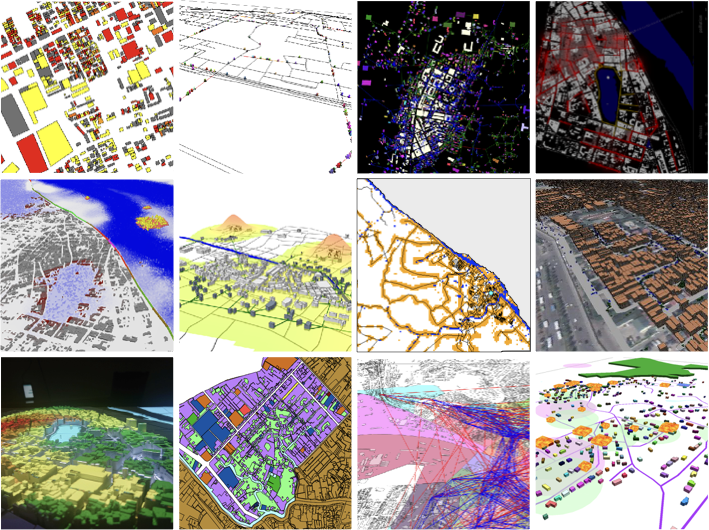GAMA Days 2020

Agent-based modeling is nowadays becoming increasingly popular for the study of complex systems. Nevertheless, its use requires significant computer programming work because it requires describing all agents and their behavior in the form of algorithms. The GAMA open-source platform aims to help modelers do this work. This generic platform, which has been developed since 2007 by a consortium of research teams allows the content of a model to be built using a modeling language that is easy to access and simulated. GAMA has experienced significant growth in recent years thanks to its ability to build and simulate large-scale models, including hundreds of thousands of agents and detailed geographic data. It also has advanced 3D visualization tools as well as tools dedicated to the construction of serious games. This platform is now used in many research projects dealing with issues as varied as epidemiology, land-use change, natural or technological risks, natural resource management, and urban mobility.
However, while many training courses on this platform are organized around the world every year, no event has ever had the ambition to bring users and developers together in the same place. This is precisely the objective of the GAMA days, which will be held from 10 to 12 June in Toulouse (France). The challenge is to encourage exchanges between participants: to allow platform (or plug-in) developers to present their latest creations and to allow users to show how they use the platform. These exchanges will be an important step towards a better structuring of the GAMA community.
In practical terms, these days will be composed of 3 types of sessions:
- presentation of new functionalities and exchanges with users on existing functionalities
- presentation of new models or projects that are based on, or include, GAMA,
- tutorials on specific features, extensions or applications of GAMA
Official Website: https://www.irit.fr/GamaDays2020/
Steering committee:
- Frédéric Amblard - UT1, UMR IRIT
- Kevin Chapuis - IRD, UMI UMMISCO
- Alexis Drogoul - IRD, UMI UMMISCO
- Benoit Gaudou - UT1/IRD, UMR IRIT/UMI UMMISCO
- Dominique Longin - CNRS, UMR IRIT
- Nicolas Verstaevel - UT1, UMR IRIT
Organizer:
- Patrick Taillandier - INRA, MIAT
Program committee:
- Carole Adam - UGA, LIG Laboratory
- Diana F. Adamatti - Universidade Federal do Rio Grande, FURG
- Conceição de Maria A Alves - Department of Civil and Environmental Engineering, University of Brasilia
- Arnaud Banos - CNRS, IDEES Laboratory
- Johan Barthélémy - University of Wollongong, SMART Infrastructure
- Srirama Bhamidipati - University of Delft
- Eric Daudé - CNRS, IDEES Laboratory
- Julie Dugdale - UGA, LIG Laboratory
- Arnaud Grignard - MIT, MediaLab
- Myriam Grillot - INRA, AGIR Laboratory
- Quang Nghi Huynh - University of Can Tho, DREAM laboratory
- Simone Z Leao - City Futures Research Centre, Faculty of Built Environment, University of New South Wales, Sydney
- Nicolas Marilleau - IRD, UMMISCO Laboratory
- Sébastien Rey-Coyrehourcq - University of Rouen, IDEES Laboratory
- Franck Taillandier - IRSTEA, RECOVER Laboratory
- Youcef Sklab - IRD, UMMISCO Laboratory
- Olivier Therond - INRA, LAE Laboratory
- Rallou Thomopoulos - INRA, IATE Laboratory
- Jean Villerd - INRA, LAE Laboratory
- Gudrun Walletin - Universität Salzburg, ZGIS Team